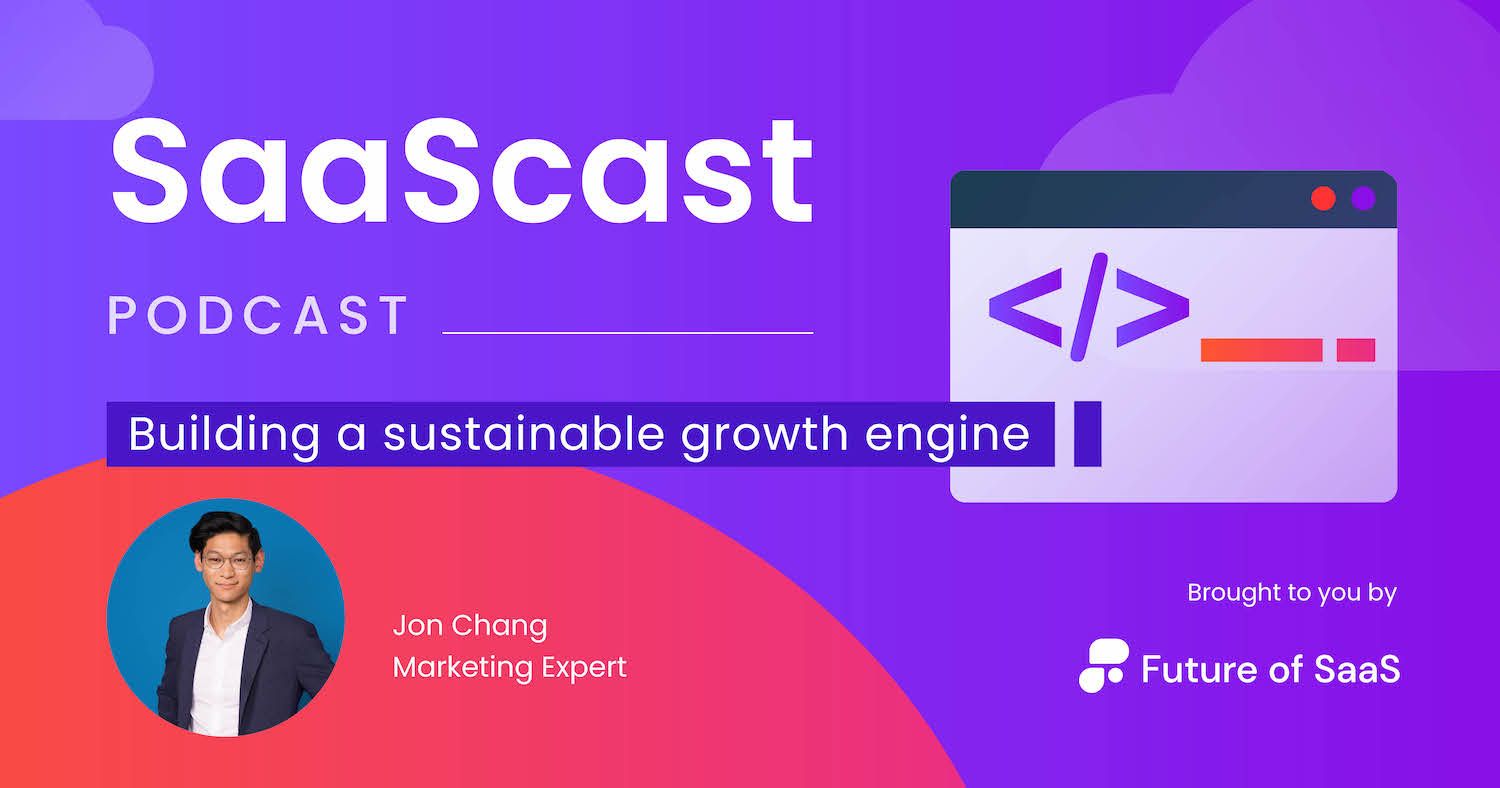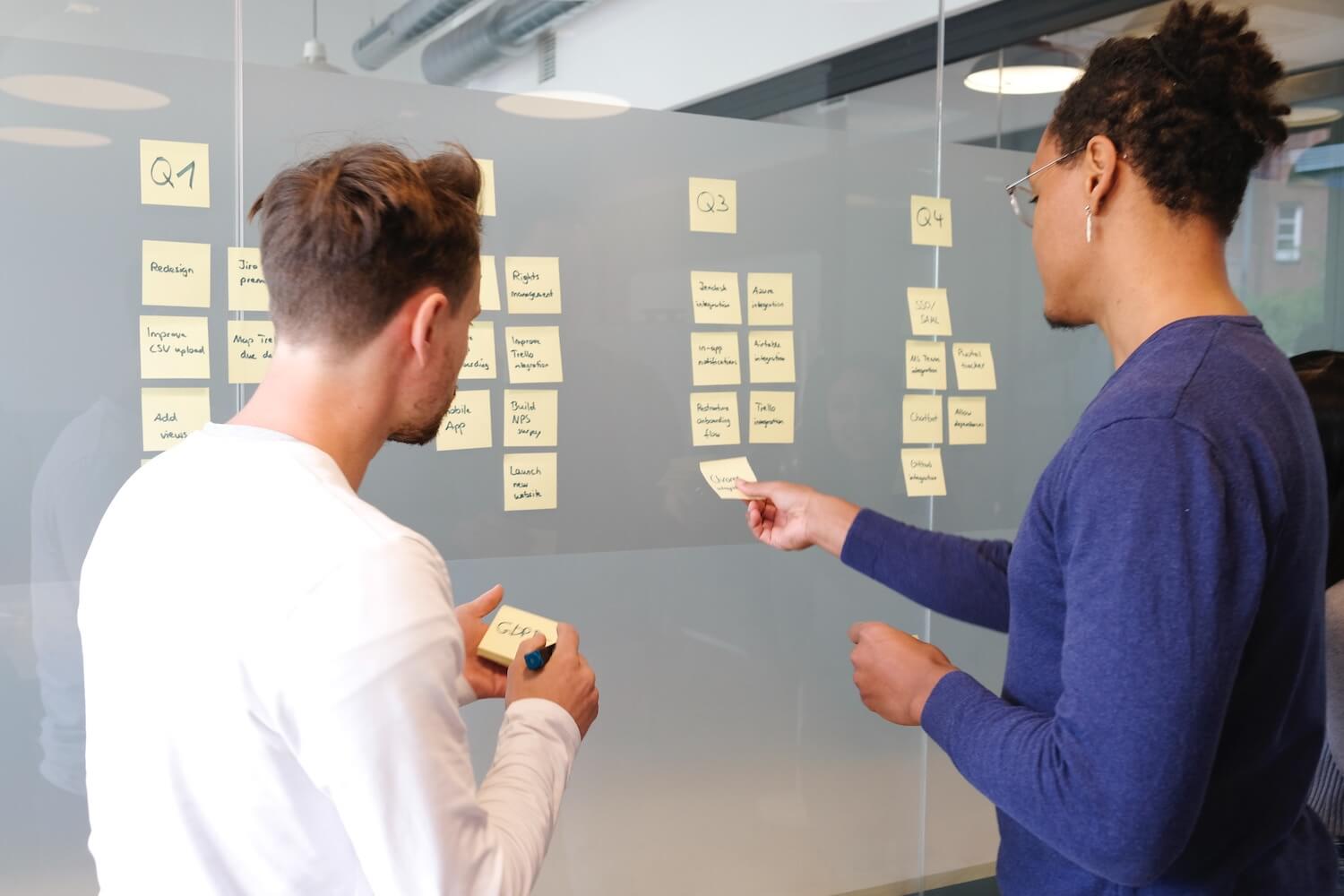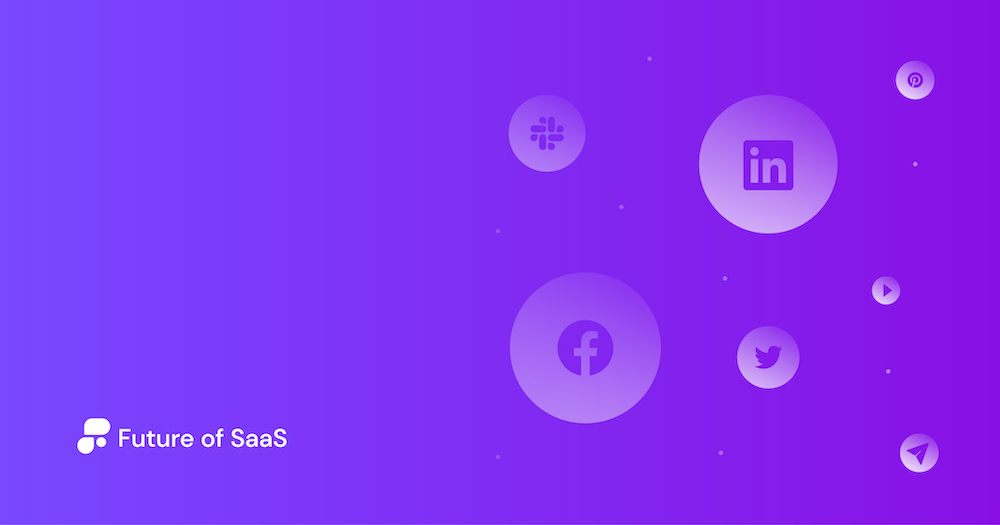This article comes from Kyle Racki’s talk, ‘Aligning your positioning, go-to-market motion, and growth channels’, at our 2023 Future of SaaS Festival, check out his full presentation here.
Have you ever felt like you're playing a massive game of whack-a-mole trying to grow your SaaS business? You spend all your energy and budgets acquiring new customers, only to see others slip away.
If this sounds familiar, you're not alone. All SaaS founders have been there at one point or another. Growth has never been easy in this industry, but today it feels harder than ever.
Over the past decade building my SaaS company Proposify, I've learned the hard way that sustainable growth requires more than just throwing money into ads or hiring more sales reps. It takes real strategy and alignment across your positioning, go-to-market, and acquisition channels.
So in this article, I want to share the key lessons I've learned about how to drive profitable, scalable growth even in today's challenging market. No fluffy theories here - just practical strategic advice based on my own experience taking Proposify from $0 to over $10 million in revenue.
Whether you're just starting out or already have traction, I think you'll find some valuable gems here to apply in your own business. So let's dive in and see if we can shift your approach from whack-a-mole to a strategic game of chess when it comes to SaaS growth!
The SaaS landscape is more crowded than ever
This is the broad market that my company Proposify sits within, we're tucked under productivity and enablement, in quote and proposal software, a space that’s extremely fragmented with many specialized tools.
We’ve all heard the expression “SaaS is eating the world.” Well, that is more true today than ever before. Not only is the landscape crowded, but acquisition costs are on the rise.
It’s very expensive to actually acquire customers now. Historically, when Facebook ads were at their peak, we could run ads and cheaply acquire customers. That's not the case anymore - it's more expensive than ever to acquire customers through digital channels.

Customer expectations are constantly evolving
We used to be happy with simple, even clunky tools, as long as they got the job done. But nowadays, customers expect more. They want tools that are intuitive, beautiful, and easy to use right out of the box.
Just look at the rise of ChatGPT. Since that AI product launched in November 2022, there’s now an expectation that every SaaS product should already have AI capabilities built in. It’s very challenging to keep up with these shifting customer demands!
Turbulence in the SaaS economy
Starting last year, the macro environment has been difficult for SaaS companies. Valuations are down, even for the SaaS top-dogs. The public companies felt the pinch first, and now private company valuations are declining, which has led to layoffs across the industry.
Customer sales cycles have increased by 36% on average for SMBs and mid-market companies. It's harder than ever to build pipelines and move deals through the sales process.
During the SaaS boom over the past five years, growth came easy. Once you found product-market fit, you could raise capital relatively easy if you had a sticky product.
You could dump cash into ads and SDRs to scale pipeline fast. But those days are over.

The need for sustainable, profitable growth
In this new reality, we need to get more intentional about sustainable revenue growth and profitability. We can’t just throw money at problems anymore or pour cash into unprofitable growth.
To do this, we need to focus all of our efforts on the right customers. We must ensure our positioning is tight, our go-to-market motions and channels are aligned, and we’re laser-focused on delivering value.
So I’ll start by sharing the key lessons I’ve learned over the past decade building Proposify into a multi-million dollar recurring revenue business, namely:
- How to nail your SaaS positioning
- Picking the right go-to-market motion
- Optimizing your customer acquisition channels
Let’s dive in.
Step 1: Clarify your positioning
What is positioning? It’s simply describing how you are different from competing alternatives in the market, and who cares about that difference.
Positioning provides the foundation for all your marketing and sales messaging, materials and strategy. It sits at the core of your go-to-market efforts.
I don’t claim to be a positioning expert, but I learned an immense amount from April Dunford and her book Obviously Awesome. I actually hired April to run a positioning workshop with my team a few years ago when we were struggling with our messaging.
Here is the positioning framework she uses:

1. Identify your main competing alternatives
You need to know who you are actually positioning against. If you’re up against an established player like Salesforce or Zendesk, then position against them.
But many SaaS tools are replacing generic/homegrown solutions, not other software. At Proposify, we found most customers used Word, Excel or PowerPoint before us - not dedicated proposal software. So we positioned ourselves against the status quo.
2. List your differentiating features
What features do you have that are different from the competing alternatives? List them all out.
3. Identify the value of those features
If someone chooses you over their current solution, what value do your differentiating features unlock for them?
For Proposify, our features enable control, consistency, and visibility into the sales process. Customers get error-free, brand-aligned proposals and can see what reps send and how prospects interact.
4. Determine who cares about that value
Which customers care most about those benefits? When we analyzed our diverse customer base, we found mid-sized companies with growing, competitive sales teams cared most about control and visibility.

5. Define your market category
Finally, clarify your market category and ideal customer profile. We play in the established "Proposal Software" space and target services businesses like cleaning, lawn care, etc.
Once you work through this positioning framework, you can create a positioning statement and test it with your market. See if your messaging resonates with your ideal customers. That's how you know if you've nailed your positioning.
Step 2: Pick the right go-to-market motion
What is "go-to-market" motion? It’s how you acquire, convert and retain customers. It includes your positioning, sales channels, and overall sales strategy.
In my opinion, picking the right go-to-market motion for your business is one of the most important decisions you’ll make.
Get this right, and growth can scale fast. Choose poorly, and you’ll waste time and money.
Match your sales strategy to customer lifetime value
When scaling a SaaS business, there are only three ways to grow:
- Acquire more customers
- Charge customers more
- Keep customers around longer
Acquisition, monetization, and retention - the three levers every SaaS business has. But too often, we put excessive focus on acquisition and not enough on monetization and retention.
Remember, acquisition is the most expensive and difficult lever to pull. You need a viable path to profitability based on your customer LTV. Acquisition costs must be far lower than the revenue that customers will generate over their lifetime.
So before investing in more acquisition, make sure you have products and processes that drive high retention rates and lifetime customer value. Start from the bottom up.
Define your sales motion based on deal size
Once your retention and monetization engines are strong, turn to acquisition. And the key here is aligning your sales motion to the right customer profile.
I love the simple analogy - are you acquiring bunnies, deer, or elephants?
🐰 Bunnies: High volume of small customers with low-touch sales
🦌 Deer: Mid-market customers with moderate sales touch
🐘 Elephants: Large enterprise accounts with high-touch sales
Most SaaS companies try to use the wrong touch for the wrong customer profile. I've seen companies with a low-priced product attempt high-touch sales with demos, outbound, etc.
That might work initially, but it won’t scale profitably.

Step 3: Optimize your acquisition channels
With positioning and sales strategy addressed, now you can focus on customer acquisition channels. Again, work from bottom up here:
Retention → Monetization → Acquisition
Double down on retention
If your product has high churn, don't even think about paid acquisition. You'll just be pouring water into a leaky bucket.
First, fix the holes! Evaluate where and why customers are churning and plug those holes. Ensure you have in-product onboarding, training, and support to drive retention.
Expand revenue per customer
Next, maximize existing customer value. Do you have an effective pricing strategy? Have you mapped out an upgrade path to expand deal size?
Identify your best metrics for expansion (seats, usage, features etc.) and double down.
Acquire ideal customers
Only once you have strong retention and monetization engines in place should you focus on acquisition channels.
Too often we think of marketing as pure brand awareness - how do we get our name out there? But there is an important distinction between demand generation and demand capture.
Demand capture meets customers already looking for solutions like yours. This includes SEO, SEM, reviews, and presence on comparison sites. Capturing qualified demand is far cheaper than trying to generate it.
Demand generation targets cold audiences and aims to take them through the buyer journey - from awareness to consideration and finally conversion. This is where events, content, and ads come into play.
I recommend optimizing demand capture first, then layering in demand generation. Work on converting and retaining inbound leads before spending on outbound tactics. And align your messaging to each stage of the buyer journey.
🔥 Start at the end of the funnel with hot leads already engaging with your brand. Make sure trial, onboarding, content, and sales process is robust.
🌿 Then work backwards through warm inbound leads.
❄️ Then finally to cold outbound.
Aligning it all for sustainable growth
That was a lot of information, but let me tie it all together.
If you want to scale your SaaS business today, growth requires focus and alignment. You can no longer just throw money into paid acquisition and hope it all works out.
With that strong base, optimize your acquisition channels working from existing customers and inbound leads up to new outbound initiatives.
And never stop testing and optimizing as you go! There is no silver bullet, only continuous improvement through measurements and small tweaks.




